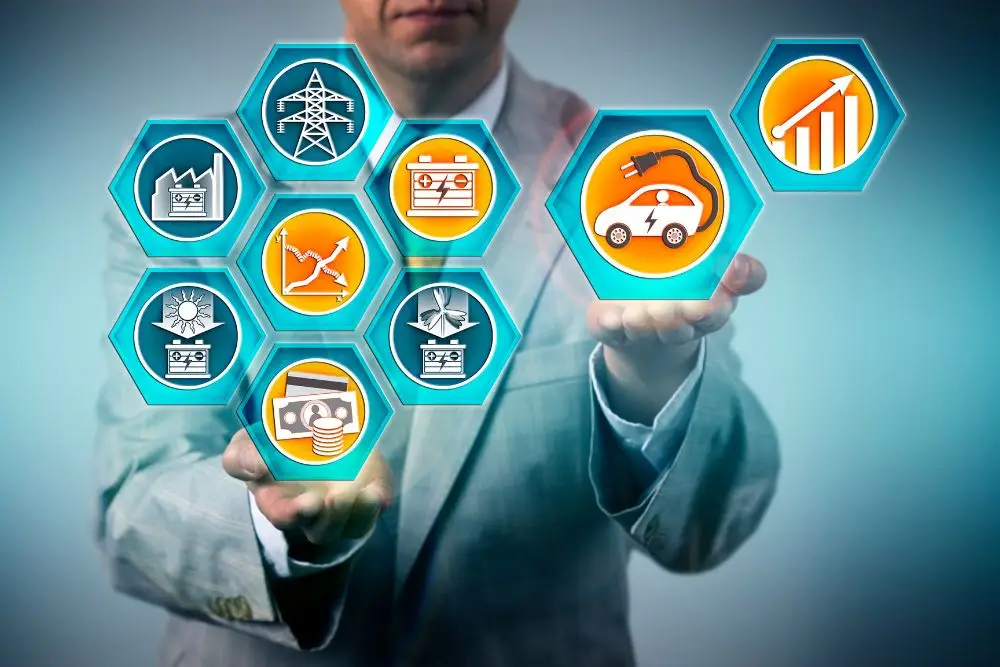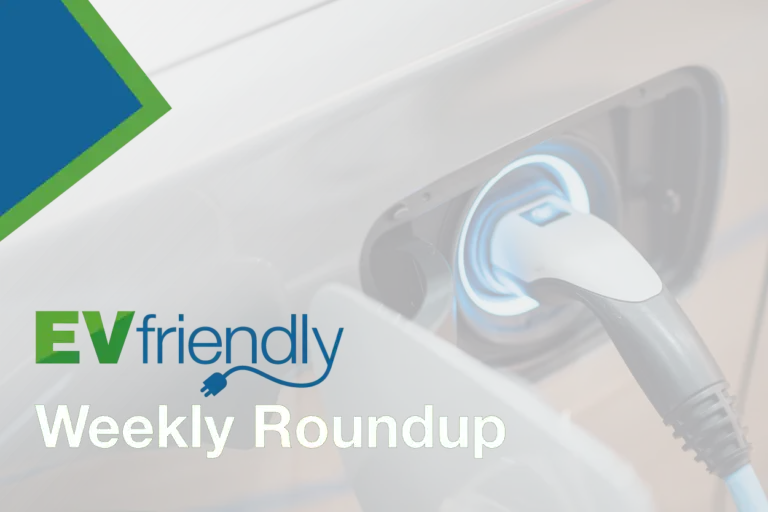At the recent EV RoundTable conference in Toronto, hosted by the Auto Recyclers of Canada, Ryan Mandell, director of claims performance for Mitchell International, presented some informative statistics detailing the impact of electric vehicles (EVs) on insurance claims, recycled parts, and the repair industry. Below are some of the highlights of that presentation.
While the electrification of the automobile presents exciting opportunities for growth in the recycling and collision repair industries, it also poses significant challenges. Some of these problems may eventually work themselves out, but others will require significant investment, thought, and preparation.
The overall impact of electric vehicles (EVs) still only represents a small percentage of total insurance claims, yet we can already see patterns emerging. In terms of new vehicle sales, both Canada and the United States are experiencing significant growth in the EV market with Canada outpacing the U.S. overall. New car sales were down about 8%, but the sale of EVs has increased by 65%.
Canadians are demonstrating a greater preference for switching to an electric vehicle, and a majority in both countries state that they would be willing to pay a premium for an EV. The stats are even more significant when viewed from a global perspective.
According to Bloomberg, globally “Passenger electric vehicle (EV) sales are set to grow rapidly in the next few years, rising from 6.6 million sold in 2021 to 21 million in 2025.” Whatever your personal preferences are, there is no denying that electrification is the future. The only question that remains is how long this transformation will take.
If the Canadian government meets its sales target, then 100% of all new passenger vehicles will be zero-emission by 2035. This means that EVs will comprise over 60% of all registered vehicles on the road by 2040. This growth is unlikely to be evenly distributed though, as more densely populated areas (such as Vancouver) will see even higher percentages of EVs (especially if gas stations become few and far between). Yet, there remains many impediments to progress.
The demand for semi-conductors or micro processing chips is one major hurdle. The typical EV utilizes about 2,000-3,000 per vehicle, compared with about 500 for an average internal combustion engine vehicle (ICEV). The demand for rare earth minerals such as cobalt, nickel, and other elements that make up the modern Li-ion battery chemistry is placing constraints on mass production, adding significantly to production costs. Even beyond this we have a long way to go before we have a viable aftermarket infrastructure in place capable of repairing and servicing these vehicles.
The provincial government has been very supportive of the ARA and the many projects we are engaged with, but more is required, and we are now calling on the federal government as well to assist us in helping industry build the necessary infrastructure. Simply stated, to ensure a healthy and sustainable future for everyone, more than just new car sale incentives are needed.
The overall composition of zero-emission vehicle (ZEV) sales (for passenger vehicles a ZEV includes a full battery electric vehicle (BEV) or a plug-in hybrid vehicle (PHEV), but not a hybrid without a charge port) is roughly 75% BEV and 25% PHEV, making full-battery electric vehicles the preferred option.
BEVs have fewer moving parts, resulting in less overall maintenance for the consumer, which is an added benefit of owning an EV. Moreover, increased computerization and Automated Driver Assist Systems (or ADAS) will result in fewer accidents. However, accident severity is expected to increase as repairs become increasingly complex. This will have a significant impact on both the repair industry and aftermarket and recycled parts suppliers.
Currently, 90% of all replacement parts for EVs are new OEM parts compared with about 72% for ICEVs. EVs also account for longer cycle times than ICEVs, and recycled parts can help. Having a healthy supply of quality recycled parts available on demand could help reduce cycle times. Yet, there are many challenges facing the recycling industry in order to be able to meet this demand. These challenges include the growing number of EVs being shipped outside the province to other markets, the lack of Hollander interchange for EVs, OEM procedures, and a general lack of knowledge among recyclers on how to service this growing segment of the market, to name just a few.
EV replacement parts are also more expensive than their ICEV counterparts. EV parts are on average 38% higher, so there is real opportunity to help lower claims cost by increasing the utilization of recycled parts, provided that recyclers have an adequate supply and can competitively bid on these vehicles.
It should not surprise anyone that Tesla constitutes the greatest percentage of insurance repair claims. Tesla has dominated the EV sales market for nearly a decade and accounts for almost half of all new EV sales. But as the market for EVs grows, so too does the competition. Except for Toyota—which has invested heavily in its hybrid and hydrogen technologies—almost all vehicle manufacturers are investing in EVs and EV battery technology. Yet, they too are feeling the competition from many new start-ups, which in recent years include companies like Lucid, Rivian, Vin-Fast, and many others.
These new manufacturers are targeting the mostly high-end consumer and luxury markets for now, but a host of new lower-cost EVs are anticipated to hit the roads in North America and are being produced by China, who is set to enter the North American markets by 2026. China may even become a bigger disruptor then Tesla in the EV market, and it certainly will pose additional challenges for the aftermarket repair industries.
For now, one of the biggest challenges for both the recycled parts and repair industries remains the battery. Batteries pose increasingly more health and safety challenges, as well as additional training for employees. From occupational health and safety and general awareness training to battery dismantling, repair and storage, batteries account for roughly 45% of the total cost of production, but their long-term viability in the aftermarket is still not determined. The remanufacturing, repair, and repurposing industries are only now beginning to emerge, and we do not yet know the full impact that these will have on the used and aftermarket service industry.
In the meantime, stay informed, take advantage of training courses and webinars, and sign up for the EVfriendly newsletter and podcasts. Be sure to follow us on social media, where we will be discussing all these topics and more in further detail.






